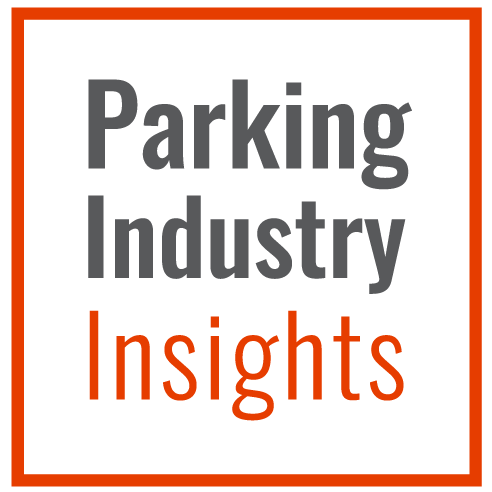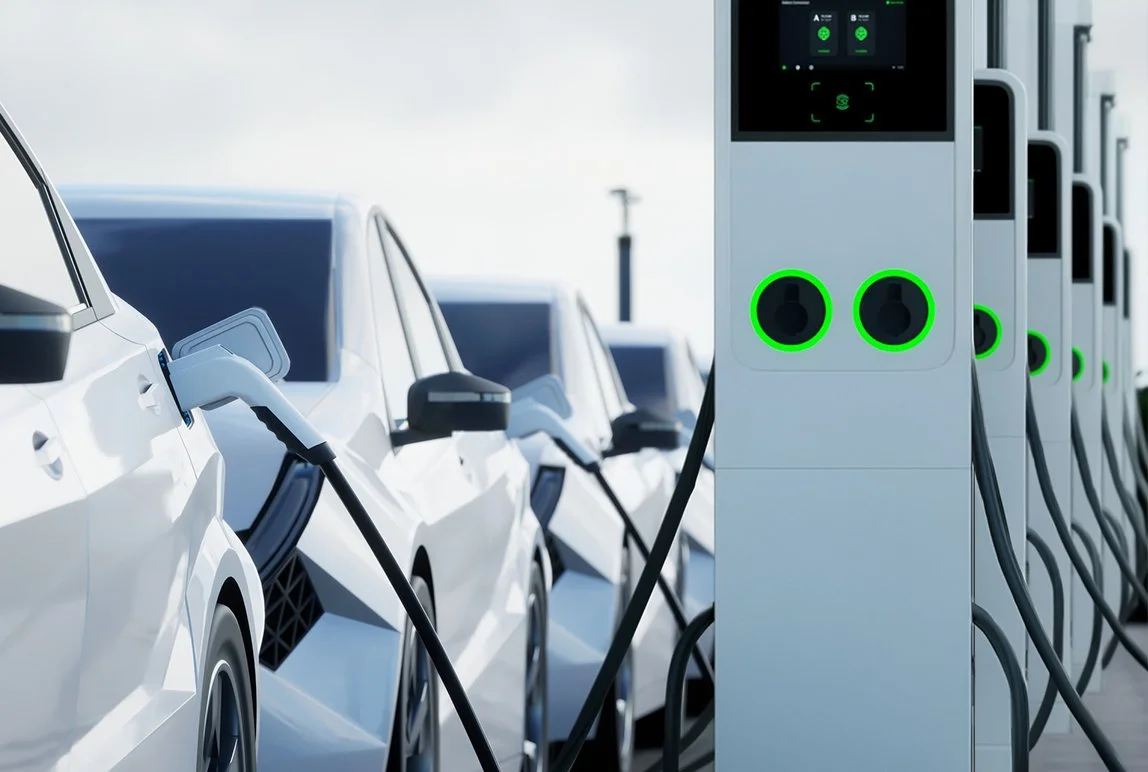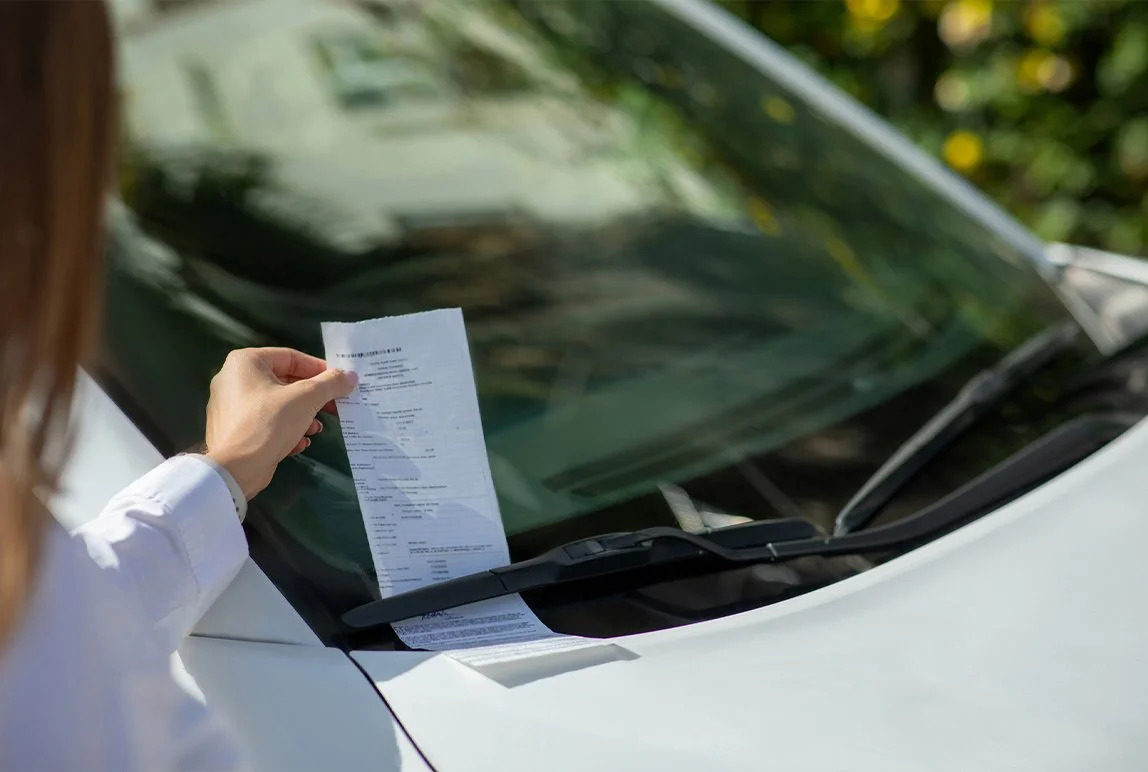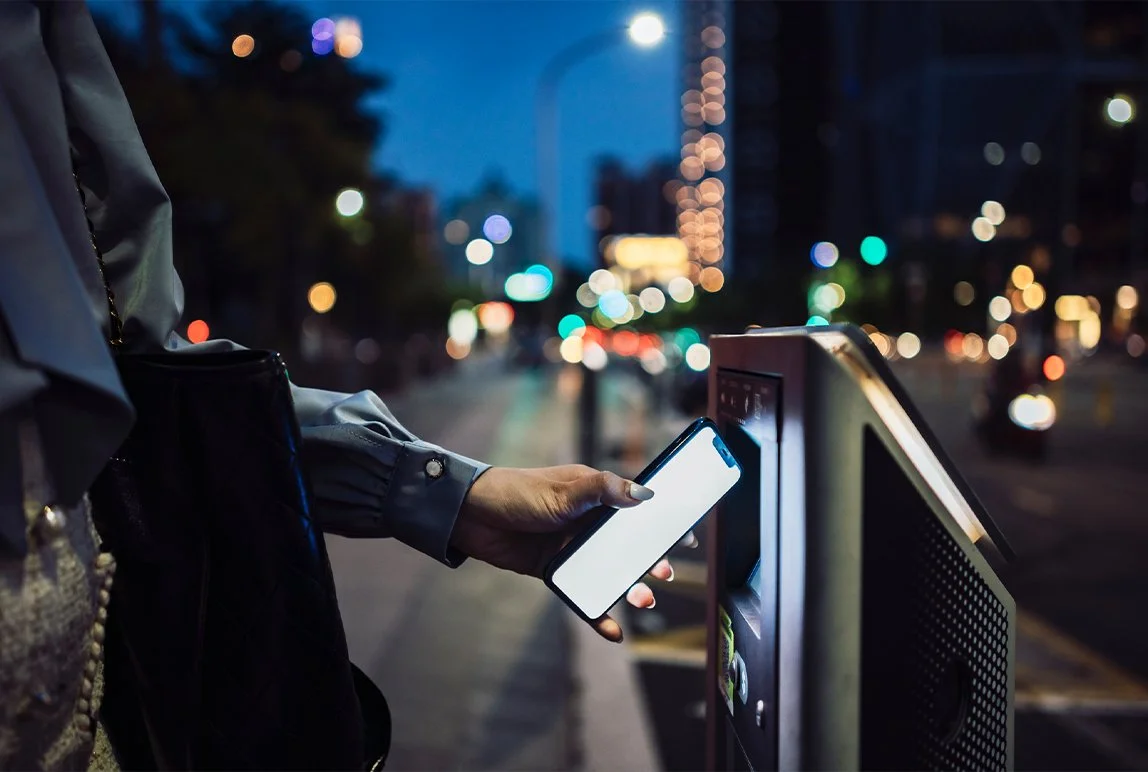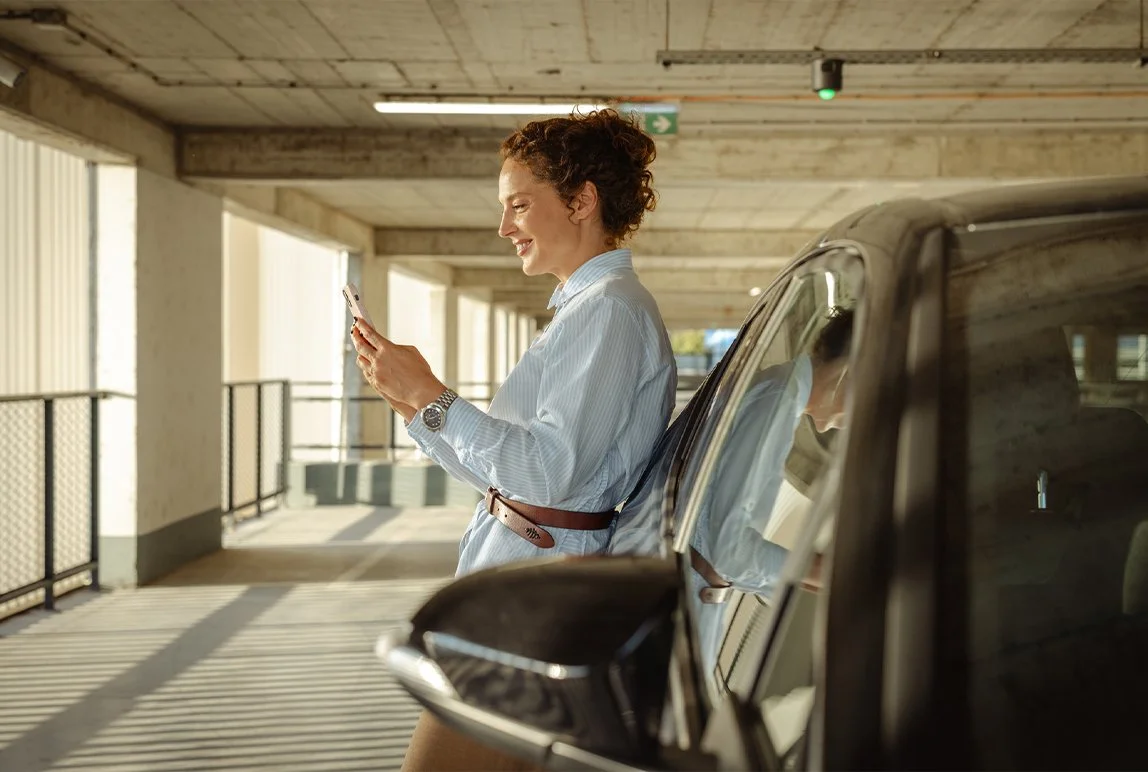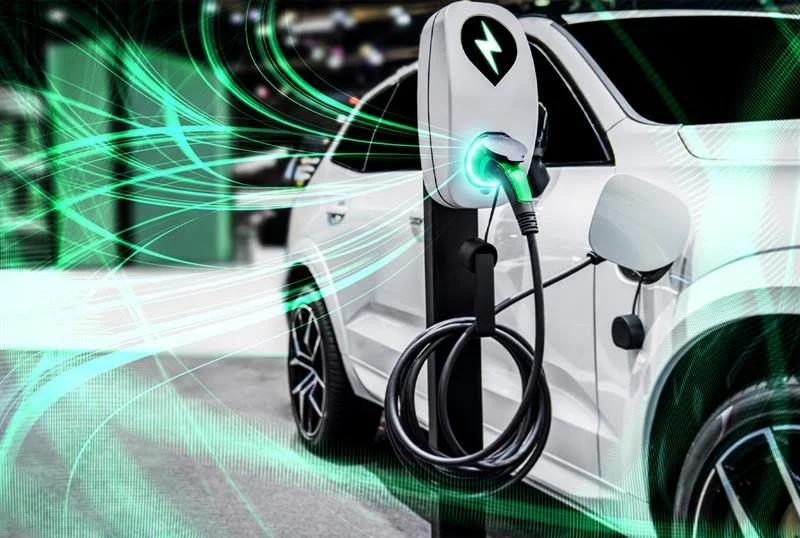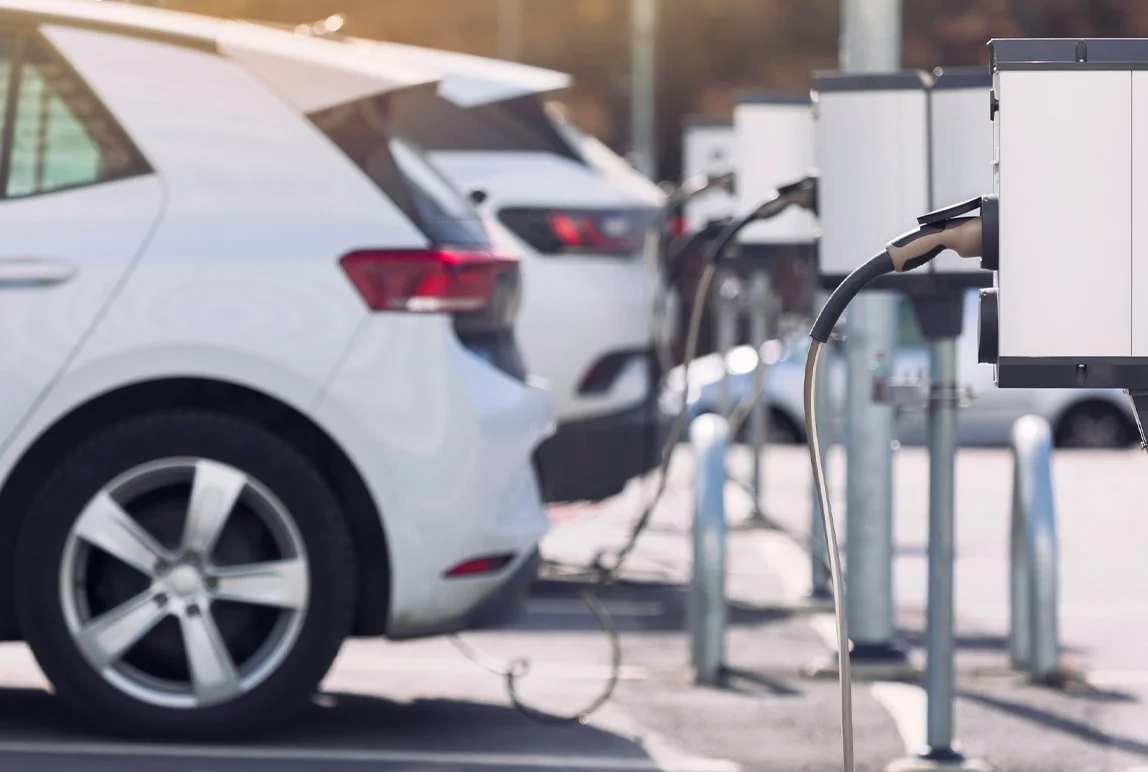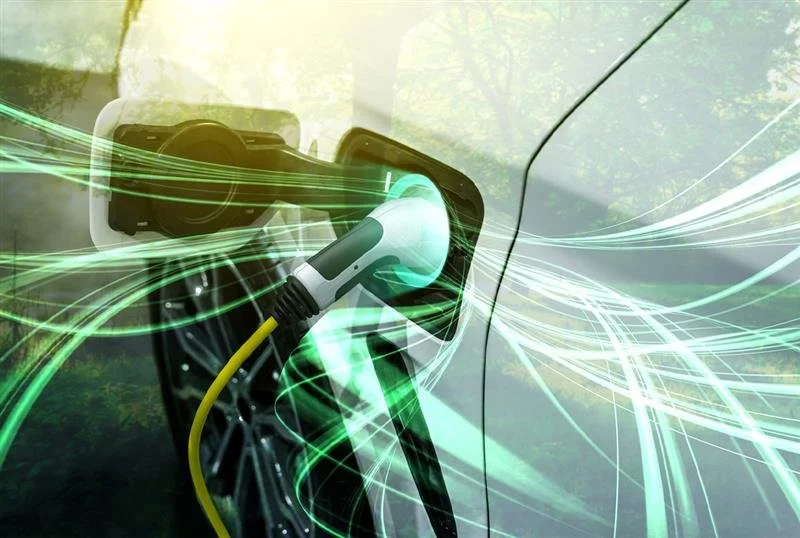Automatic License Plate Recognition: A High-Level Technical Overview
Posted: Sept, 02, 2020 8:59AM ET • 3 min read
How does License Plate Recognition Technology Work?
Automatic License Plate Recognition Technology (ALPR) is a versatile technology with two main applications in the parking industry: controlling access with a fixed installation at the entrance and exit of a parking facility, and for enforcement, either on a handheld device in lots patrolled on foot or attached to vehicles for larger facilities patrolled by car.
In all cases, ALPR technology works by capturing an image or video of license plates as they pass through the camera’s field of view, interpreting the alphanumeric characters, and comparing them to an enforcement database that houses all the paid or permitted plates currently active. When the ALPR system detects a license plate not currently associated with a paid or permitted transaction, it will alert the operator to issue a violation notice.
Although that seems very straightforward, it is in fact a six-step process to turn the image of a license plate into a data point that can be stored, disseminated, and analyzed.
Step 1: Capture
A video or still image of a vehicle is captured using either an optical or infrared camera; system programmers train the machine learning algorithms to recognize vehicles and to distinguish between multiple vehicles within the frame to ensure all license plates are captured.
Step 2: Localization
A mathematical formula determines what each area of an image (or of each frame in a video) signifies; the formula locates the vehicle’s license plate by considering distance from the camera, the angle, and vehicle’s direction of travel, and a variety of other physical attributes that distinguish license plates from other rectangular objects.
Step 3: Sizing, Orientation, Normalization
For optimal reading, the license plate image must be correctly sized and oriented, and controlled for contrast and brightness. Many license plate images are captured while vehicles are in motion, and the software needs to be sophisticated enough to account for a variety of lighting and weather conditions, thus adding complication. However, parking operators whose facilities are indoors can control ambient lighting conditions and improve read rates by using barrier gates to force vehicles to be stationary during image capture.
Step 4: Character Segmentation
Once the license plate images have been properly oriented and there is sufficient contrast between the characters and their background, the algorithm is then able to use parameters like font and spaces between characters to break the image up into chunks and isolate the letters and numbers.
Step 5: Optical Character Recognition
Once the characters from the license plate are extracted, the images are translated into alphanumeric text by comparing each character image to representative images stored in the database. To help make clearer and faster identification, jurisdictions will generally not allow, for example, both the letter “O” and the number “0” on the plates they issue.
Step 6: Syntactical and Geometrical Analysis
Once each letter or number is identified, the resulting character sequence is checked against specific regional rules. A determination can be made more confidently if the characters can be verified against a list of known license plate values.
ALPR technology is a powerful tool that can streamline access control, manage enforcement, and provide valuable data for any parking operator interested in optimizing their product offering.
Share Article:
Featured Articles
ABOUT THE AUTHOR
Luigi Lato
Chief Operating Officer
As Chief Operating Officer at Precise ParkLink, Luigi provides executive support for Precise ParkLink clients during the implementation phase and throughout the life of the contract, acting as Precise ParkLink’s clients’ project champion. He has a degree in telecommunications technology from Ryerson University as well as further accreditations from York University in project management and executive leadership. Before joining Precise ParkLink in 2000, Luigi worked at the Toronto East General Hospital (now the Michael Garron Hospital), rising to the role of Director of Information Technology. Today, he leverages his expertise and experience to make Precise ParkLink the technology-first company that has grown to be a leader in the Canadian parking market. Luigi’s responsibilities today include guiding investments in research and development to create innovative solutions for clients, managing client relationships at the highest level, and leveraging his analytical and numbers-oriented problem-solving skills to support partner organizations in their endeavours.
Questions?
Fill out the form below and we will do our best to connect you with a suitable contact.
